According to a rumor, Apple is resuming the Made For iPhone program despite moving from Lightning to USB-C on iPhone 15.
Apple requires third-party accessory makers to pay a fee to get certified access to select parts and technologies like the Lightning connector. This system is called the Made For iPhone program, and it was thought to be going away thanks to USB-C, but a repeated rumor says otherwise.
According to leaker ShrimpApplePro on Twitter, Apple will be requiring MFi certification for products connecting to the iPhone 15. This has been confirmed by the leaker's source, stating that Foxconn is in mass production of accessories like EarPods and cables with the certification.
The leaker does offer a bright side to the matter — some third-party MFi products are cheaper than Apple's official ones.
In the replies, Shrimp states that Apple will limit data and charging speed for cables connected to iPhone without the MFi certification. It seems this will be allowed, as Apple will be cooperating with the EU mandate to move to USB-C, just providing an obstacle to users.
Yeah usb-c with MFI is happening
— ShrimpApplePro (@VNchocoTaco) February 28, 2023
Foxconn already in mass production accessories like EarPods and cables pic.twitter.com/1ka9CRlY93
While this might appear to be a consumer-hostile move from Apple, there are reasons the company might want a certification process. Obviously, Apple stands to make some money from charging for the certified parts and technology, but consumers will also have more confidence in buying products they know are guaranteed to work seamlessly with the iPhone.
Despite all of the praise USB-C gets for its universal connector, there are a lot of problems with it too. It is nearly impossible to tell what capabilities a cable might have just by looking at it, which could potentially damage a product if connected in an unexpected way.
This isn't the first time someone suggested Apple would continue the MFi program. It was previously shared via a Weibo post, but this is the first time a reliable leaker spoke up about it.
ShrimpApplePro has a decent history with product leaks. For example, Shrimp did correctly say that the Apple Watch Series 8 wouldn't be redesigned, and one leak about the dimensions of the iPhone 14 Pro was fairly accurate.
The iPhone 15 and iPhone 15 Pro are expected to launch in September 2023. The entire lineup is expected to have USB-C and the Dynamic Island, though the pro models will have exclusive upgrades like the A17 processor.
 Wesley Hilliard
Wesley Hilliard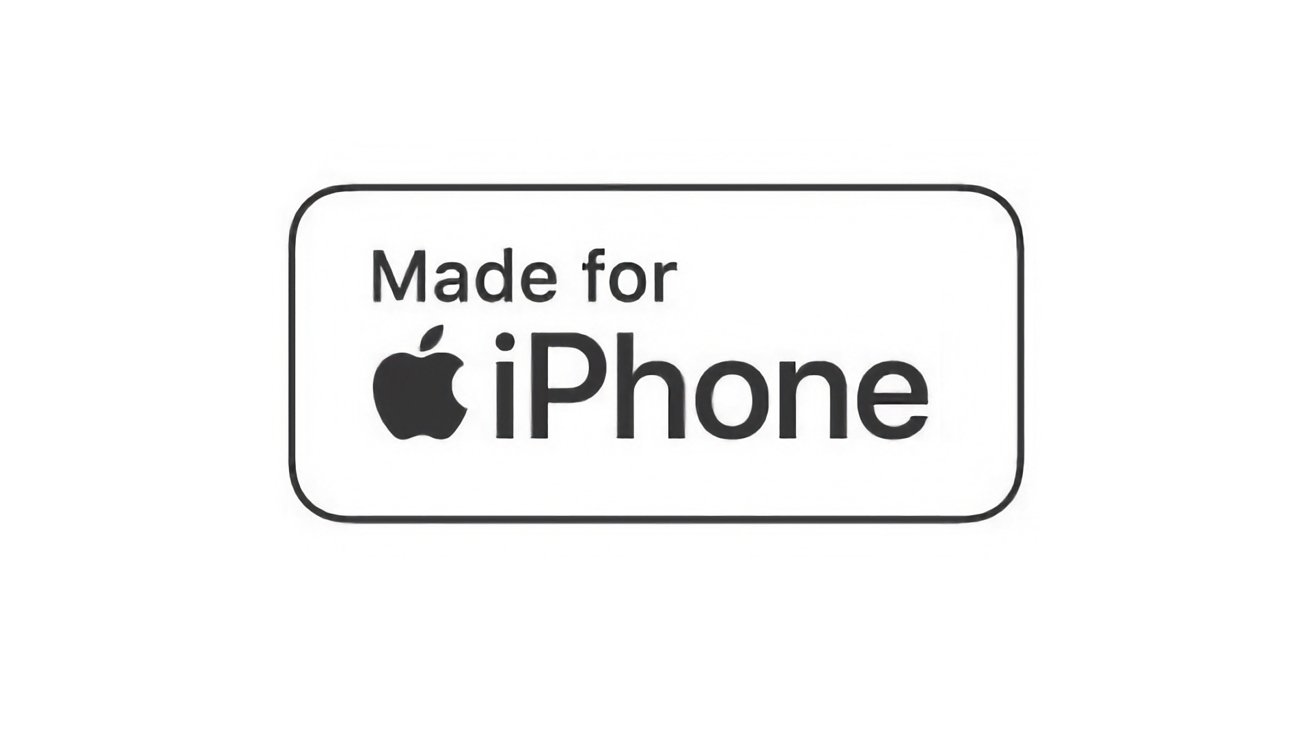


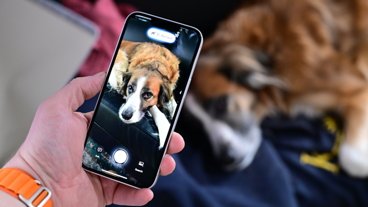




-m.jpg)





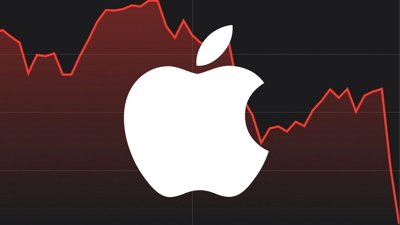
 Malcolm Owen
Malcolm Owen
 Andrew Orr
Andrew Orr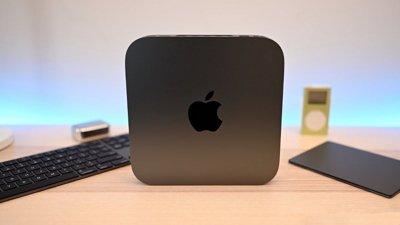
 William Gallagher
William Gallagher

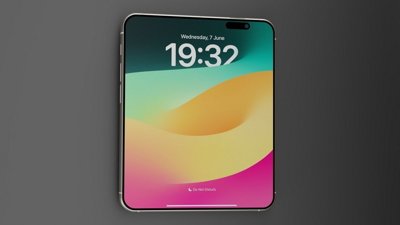

 Bon Adamson
Bon Adamson
 Marko Zivkovic
Marko Zivkovic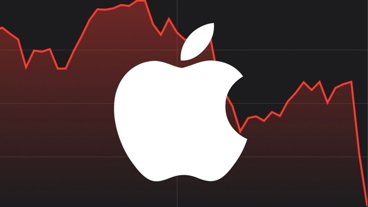


-m.jpg)






16 Comments
I would support that and buy MFi USB-C. I had crap knockoff lightning cables that actually drained the battery and caused apps to randomly open and close on their own. Knockoffs are never worth it.
I'm not sure this is happening, since Mac or iPads doesn't have such a ridiculous thing. They just work fine with standard USB-C cables.
There are cables that look normal and yet have built in snooping ability. It would be silly to trust every cable.
Not against this at all really. Can imagine the backlash against Apple if one of their phones blows up in someone’s face while charging and the reason was due to a defective cable that “lied” about its abilities to carry current?
I had a fairly general charger that when used with an iPhone with Touch ID it would disable the Touch ID sensor. Little did I know at the time but the charger was providing power across pins that it was not supposed to be doing for an iPhone and the Touch ID sensor was being “shorted” to save the phone.
I’ve been MFi ever since and have had no issues at all.
Absolute and utter BS. All C to C cables MUST support minimum of 3A at up to 20V. The Pro Max has a max charging speed of 9V @ 3A. Any cable made to spec MUST at minimum be able to max out the charging speed of an iPhone - you don’t have to look. There is no wrong way to plug in a cable that can “potentially damage” in a way MFi can solve.
Also, no cable is going to lie about the charging speed to your device. To charge above 3A, you must include an additional special chip. If your cable does not contain such a chip, then the charger and device know the max is 3A. Anyone lying to you on the label and saving $0.001 to use a smaller gauge wire would much more likely to just not include the chip and thus your device will cap it at 3A.